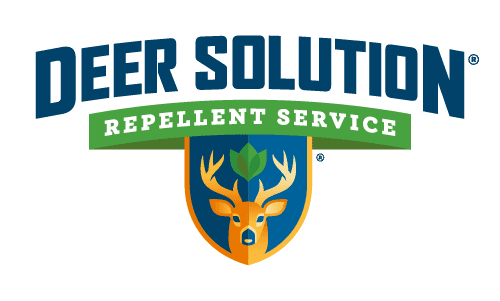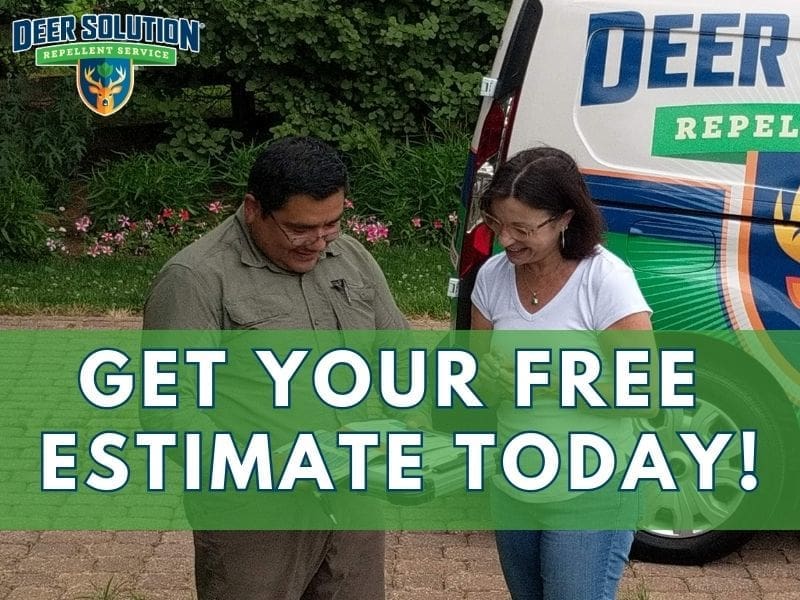Dunn County, Wisconsin, complex issue quietly unfolds, pitting the natural beauty and biodiversity of the area against the agricultural and ecological stability. Deer, iconic symbols of the wild, have become central figures in this unfolding drama, as their search for food leads them into direct conflict with human-planted areas, causing notable damage to plants and crops.
This challenge is not unique to Dunn County but is a microcosm of a larger narrative playing out across regions where wildlife and human interests intersect.
The Wisconsin Department of Natural Resources (DNR)
This initiative offers a beacon of hope, providing damage prevention assistance and partial compensation to those affected by the foraging habits of deer and other wildlife such as elk, bears, geese, and turkeys.
The program underscores the state’s commitment to fostering coexistence between humans and wildlife, ensuring that the agricultural backbone of the region remains resilient in the face of these natural challenges.
The Scale of the Challenge
Recent findings highlight the extent of deer-related damages in Wisconsin, with deer damage claims significantly outpacing those attributed to wolves. This discrepancy underscores the substantial impact deer have on agricultural lands and ecosystems.
The majority of these claims, totaling over $760,000, are linked to deer, emphasizing the critical need for effective management strategies to mitigate these challenges.
Ecological and Economic Impacts
Deer overpopulation poses significant ecological challenges, including habitat degradation, biodiversity loss, and altered ecosystem dynamics. The economic ramifications are equally profound, with agricultural damages affecting the livelihoods of farmers and landowners.
The DNR’s efforts to manage deer populations and mitigate damage through various programs reflect the complexity of balancing wildlife conservation with agricultural and ecological interests.

Community and Stakeholder Engagement
Effective management of deer overpopulation requires active engagement and collaboration among various stakeholders, including local communities, wildlife experts, farmers, and policymakers. This collaborative approach is essential for developing and implementing strategies that are socially acceptable, environmentally responsible, and economically viable.
Innovative Management Strategies
Addressing the deer overpopulation issue necessitates innovative and adaptive management strategies. These may include habitat modification, the use of non-lethal control measures, public education campaigns, and the integration of technology for wildlife tracking and data analysis.
Such strategies aim to reduce human-deer conflicts while preserving the ecological integrity and agricultural productivity of the region.
Moving Forward
As Dunn County and other affected regions continue to navigate the complexities of deer management, the experiences and strategies employed offer valuable insights into broader wildlife management challenges. The ongoing efforts to find a balance between conserving wildlife populations and protecting agricultural interests highlight the intricate relationship between humans and the natural world.
The management of deer populations in Dunn County serves as a microcosm of the broader challenges faced by communities in regions where wildlife and human interests intersect.
By fostering a dialogue between diverse stakeholders, employing innovative management strategies, and prioritizing ecological balance, Dunn County stands as a model for effective wildlife management in the face of changing landscapes and societal norms.










